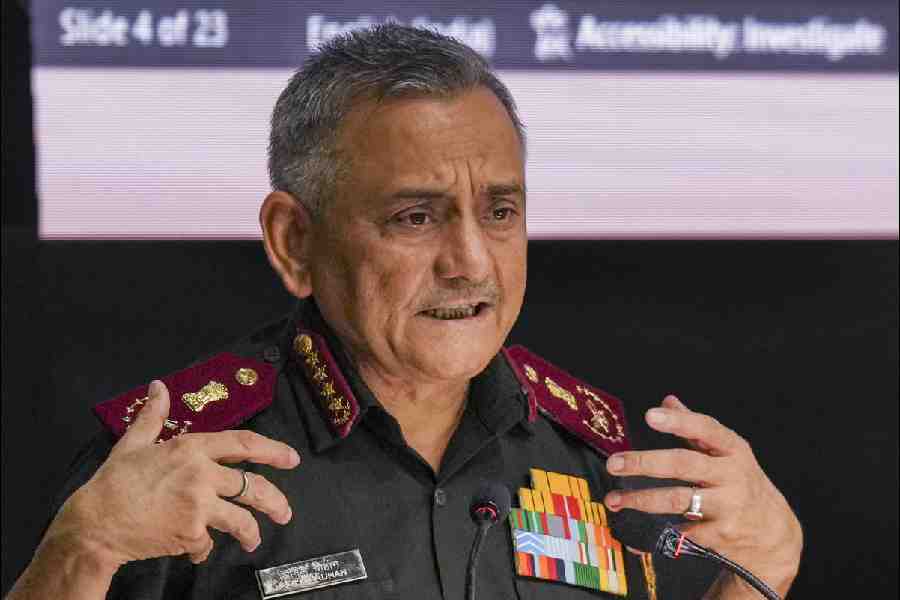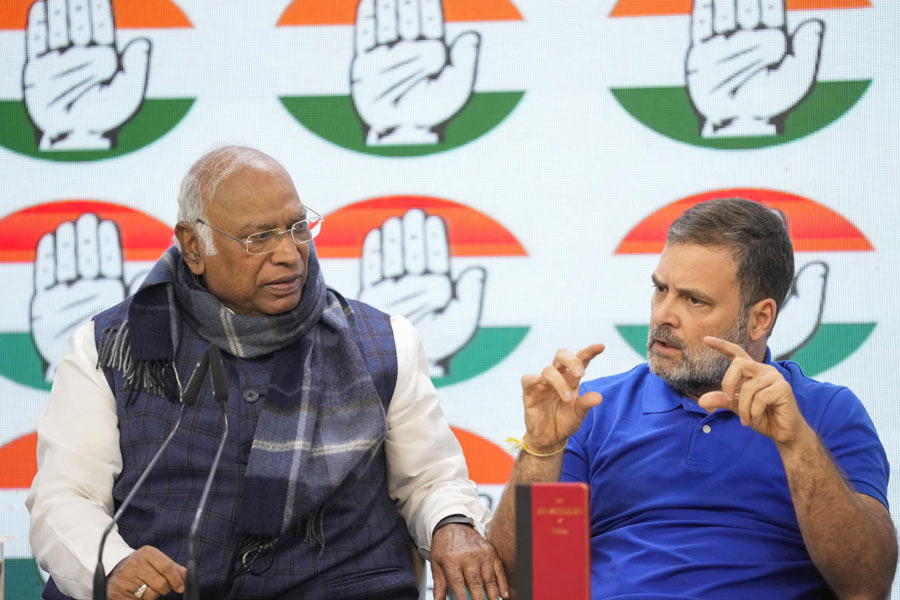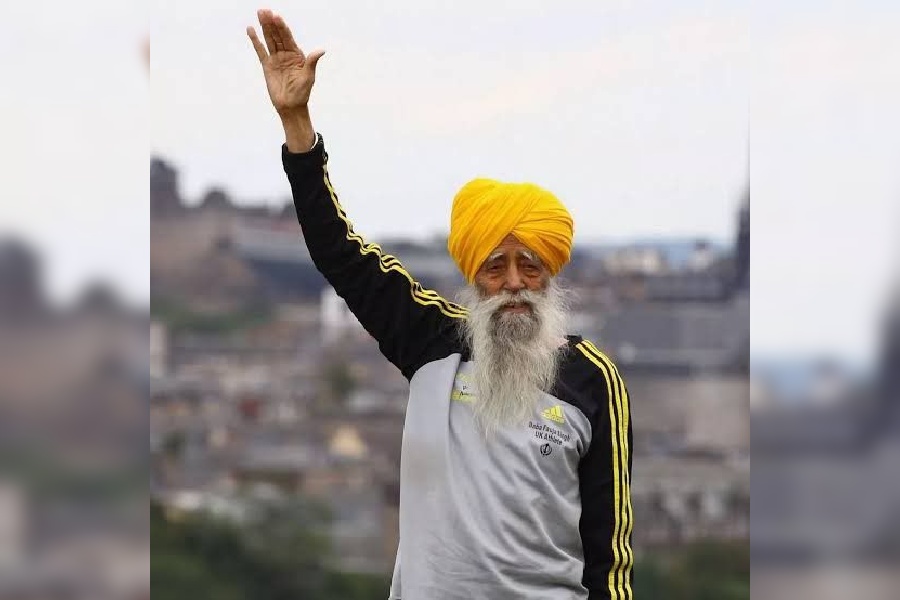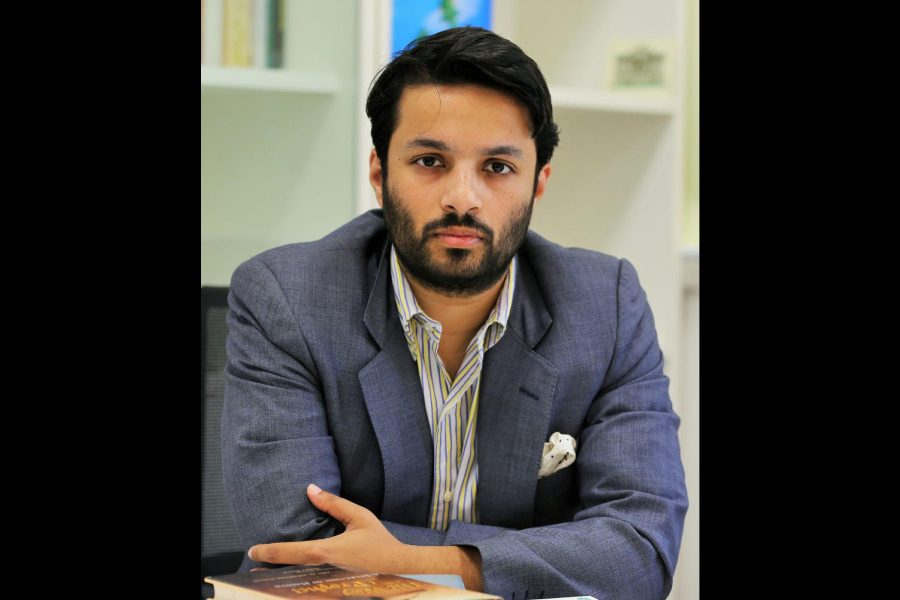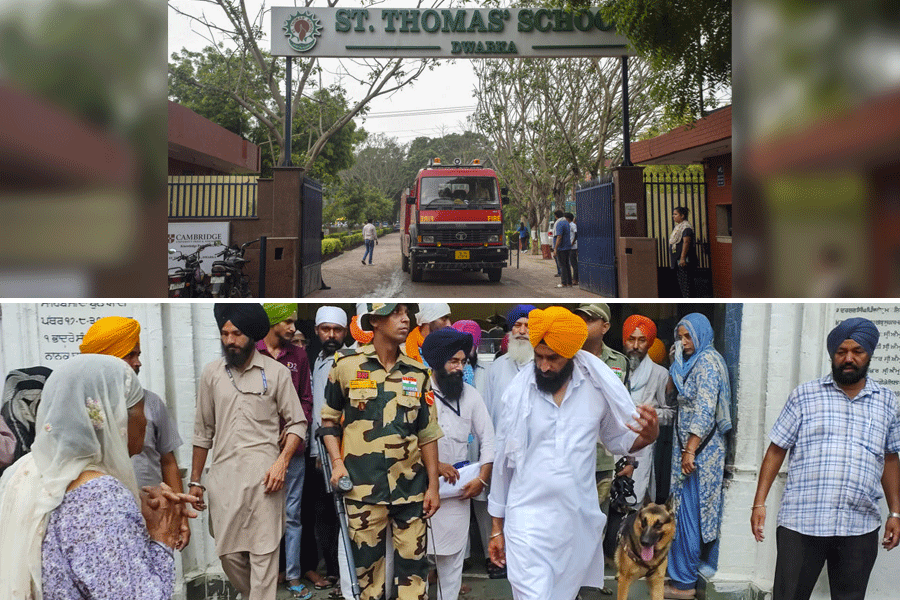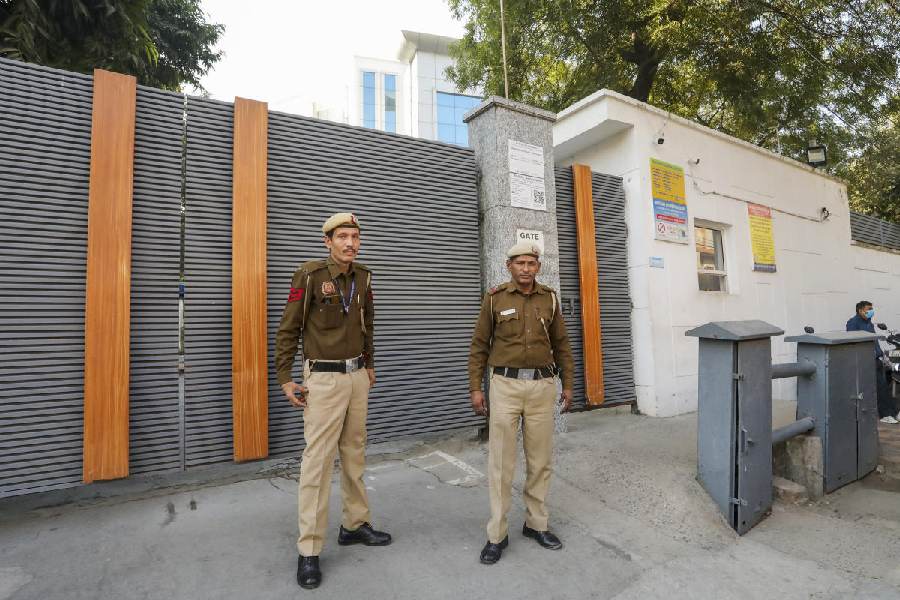 |
| Chidambaram after the meeting in New Delhi on Thursday. Picture by Prem Singh |
New Delhi, June 2: If the grand old dame is jittery about June 4, look back to November 7, 1966.
For those wondering why the Congress-led UPA has gone the extra mile to keep Baba Ramdev in good humour, the buzz is the party doesn’t want a repeat of that day nearly 45 years ago when hundreds of Naga sadhus walked from Red Fort to Parliament to press for a ban on cow slaughter.
As then home minister Gulzarilal Nanda, a devout Hindu and self-confessed gau-bhakt, dithered, the sadhus managed to sneak into the Parliament House premises.
Police opened fire as violence broke out on the streets of the capital. Six sadhus were killed, forcing an inexperienced Indira Gandhi to drop Nanda from her council of ministers.
Indira had to pay a political price for her action. The Congress returned to power with a reduced strength, lost power for the first time in many states and the Prime Minister had to depend upon the Left for survival.
Today, four decades on, the yoga guru’s proposed hunger-strike from June 4 against black money appears to have rattled the Sonia Gandhi-led Congress, which has always been reluctant to take on the majority community.
Although strictly speaking Ramdev is not a religious icon, his right-wing views are well-known. Intelligence inputs suggest the RSS machinery has been working overtime to provide support to Ramdev’s campaign. In fact, several key RSS leaders have been identified as close associates of the yoga guru.
With elections due next year in Uttar Pradesh, Uttarakhand, Punjab and Himachal Pradesh, sources said the Congress leadership may have felt it prudent to try and co-opt Ramdev in the fight to tackle black money.
The puritans in the Congress are, however, sceptical about courting Ramdev. They said whenever the party flirted with emotive issues, the results had proved disastrous, and cited as examples Rajiv Gandhi’s move to open the locks of the Ramjanmabhoomi-Babri Masjid and the Shah Bano case.
Old-timers in the Congress recall that much of the problems then arose because of Nanda’s views against cow slaughter and strong association with the “Bharat Sadhu Samaj”.
Recalling the events of November 7, 1966, Nanda had told an author: “When I went to Parliament in the early afternoon, I went up to the northern gate of Parliament House across which the procession was held up. Before that I had seen smoke rising in the sky. I was told that it was occasioned by tear gas shells. I had some information that earlier some persons from outside had started smashing some doors of business houses and shops and were creating mischief.
“I intended to go into the crowd myself, but I was prevented to do so. I peered into the scene through the iron gate. I saw some Naga sadhus shouting and moving up and down but there was nothing very serious at that point. I came back to my office in Parliament House and received reports about arson and some firing and some deaths.”
Asked why he was so enamoured of sadhus, the veteran leader had confessed that he believed “real sadhus” could help put people on the right path.


